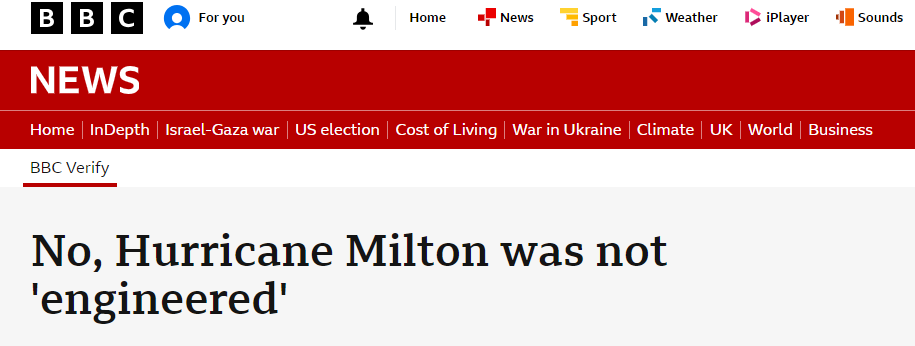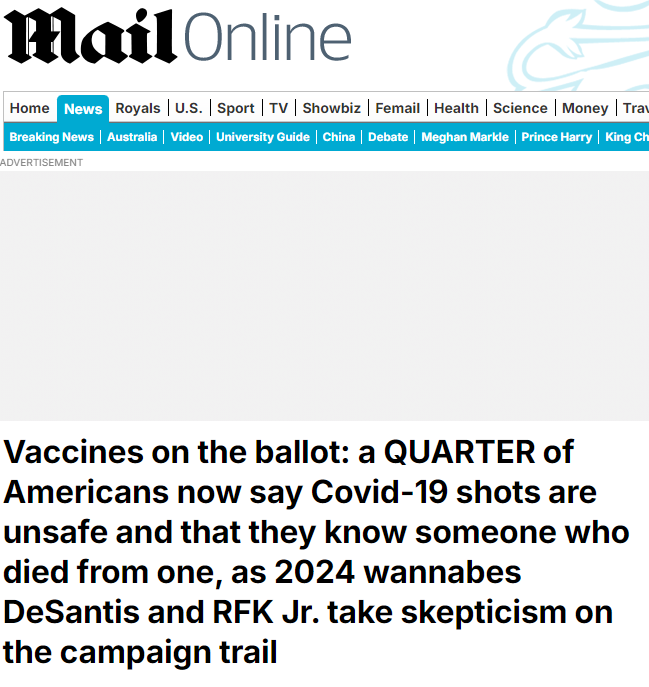Misinformation is wrong or misleading info that spreads, even if the person sharing it doesn’t know it’s false. It’s different from disinformation, which is when someone intentionally spreads lies.
Examples of misinformation:
- A TikTok claiming a celebrity died (but they’re fine)
- A viral clip making someone look bad, but it’s taken out of context
- A post saying something is “scientifically proven,” with no actual proof
Misinformation isn’t just a byproduct of the internet. In many cases, it’s encouraged by how platforms are designed. Here’s why:
Influencers often speak with authority. A confident tone or polished video can make even completely false claims feel convincing.
Algorithms push emotional content. Social media platforms reward engagement. The more likes, comments, and shares something gets, the more it’s shown — especially if it triggers a strong emotional reaction like anger or shock.
Short-form content removes nuance. TikToks, Reels, and Shorts are designed to be fast and eye-catching — not detailed. This makes it easier to leave out facts or distort the truth.
Echo chambers limit what kids see. Young people tend to follow creators and accounts that align with their interests and beliefs. This can create an online “bubble” where the same ideas get repeated and rarely challenged.
Peer sharing builds trust. Children are more likely to believe something if it comes from a friend — even if it’s untrue.
Examples of Misinformation on Social Media
- Hurricanes “Engineered” by the Government Recently, a rumor spread on social media claiming that a hurricane in the US was “engineered” by the government. Even though fact-checkers proved that weather manipulation like this is impossible, the posts gained millions of views. Why? Because they played on people’s fears and distrust, and social media algorithms boosted this content because it got so many reactions.


“False claims suggesting that Hurricane Milton was “engineered” and that the weather in Florida is being “manipulated” have been spreading on social media.” BBC News
- COVID-19 “Cures” During the COVID-19 pandemic, many posts about supposed “cures” went viral. These posts promised quick fixes or promoted untested remedies. People, scared of the virus, shared these posts widely, which led to confusion and, in some cases, dangerous behavior. Social media platforms struggled to keep up, and many of these misleading posts were shared millions of times before they were finally taken down.

“There have been large volumes of inaccurate information about COVID-19 circulating since the beginning of the pandemic, including misinformation about vaccinations against the infection.” UK Parliement
Vaccine Misinformation Influencers also played a major role in spreading misinformation about vaccines. Posts claiming vaccines were harmful or didn’t work spread quickly, especially when shared by people with large followings. This content often appeared in people’s feeds repeatedly, creating what’s called an “echo chamber”—a situation where people only see content that matches their beliefs, making it harder for them to see the other side or get accurate information.

Why It Matters for Young People
While adults might be able to spot obvious red flags, children and teens are still developing critical thinking skills. Constant exposure to misinformation can:
- Skew their understanding of current events or social issues
- Create fear, confusion, or mistrust in experts and institutions
- Reinforce harmful stereotypes or negative self-beliefs
- Lead to poor decision-making based on false claims
Even seemingly small pieces of misinformation, when repeated often, can shape a child’s worldview.
How to Spot Misinformation
It’s important to help your kids learn how to spot misinformation. Here are some tips you can share with your family:
- Check the Source: Is the information from a reliable news outlet or an unknown website? Always check where the information is coming from.
- Look for Evidence: Does the post include links to credible research or just make bold claims? Real information will have evidence to back it up.
- Watch for Emotional Reactions: Misinformation often tries to make you feel a strong emotion, like anger or fear. If a post makes you feel that way, take a moment to verify it before sharing.
- Avoid the Echo Chamber: Encourage your family to follow different news sources and perspectives. This can help prevent getting stuck in an echo chamber where only one side of a story is shown.
What Can Parents Do?
What You Can Do as a Parent
You don’t need to have all the answers or become a full-time fact-checker. What your child really needs is a guide — someone who helps them build healthy habits around what they see online.
1. Keep the Conversation Open
Create a home environment where your child feels safe sharing what they’ve seen or heard online. If they show you a viral post or video, don’t shut it down — talk it through.
2. Teach the “Pause and Check” Habit
Encourage your child to pause before believing or sharing content. Ask questions like:
- Who created this?
- Is it from a reliable source?
- Could this be edited or taken out of context?
3. Explore Sources Together
When something seems questionable, look it up together. Show them how to find credible news sites or use fact-checking tools like Full Fact or Snopes.
4. Model Critical Thinking
Let your child see you questioning headlines, looking up information, and thinking aloud. Your example will stick with them more than any lecture.
5. Talk About Algorithms
Help your child understand how platforms decide what to show them. Explain that what they see is influenced by what they’ve watched or liked — not necessarily what’s true or important.
6. Balance Their Feed
Encourage them to follow a range of voices and sources, not just creators who echo the same messages. Exposure to different viewpoints helps build media resilience.
Conclusion
Misinformation isn’t always easy to spot, even for adults. But helping your child build curiosity, skepticism, and awareness will give them tools they can carry into every part of their online life.
You don’t need to panic. You just need to be present.

